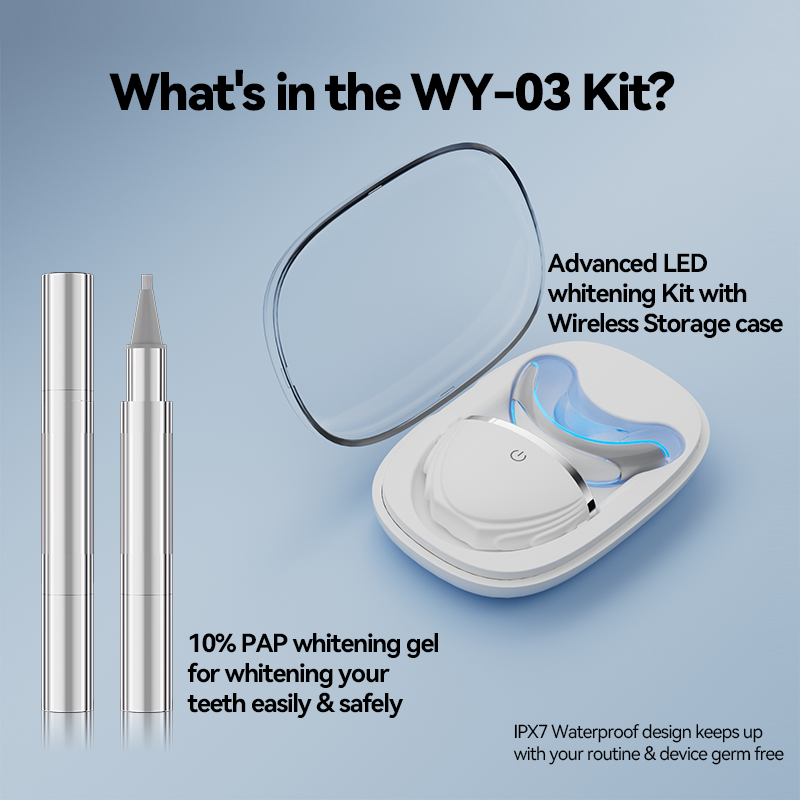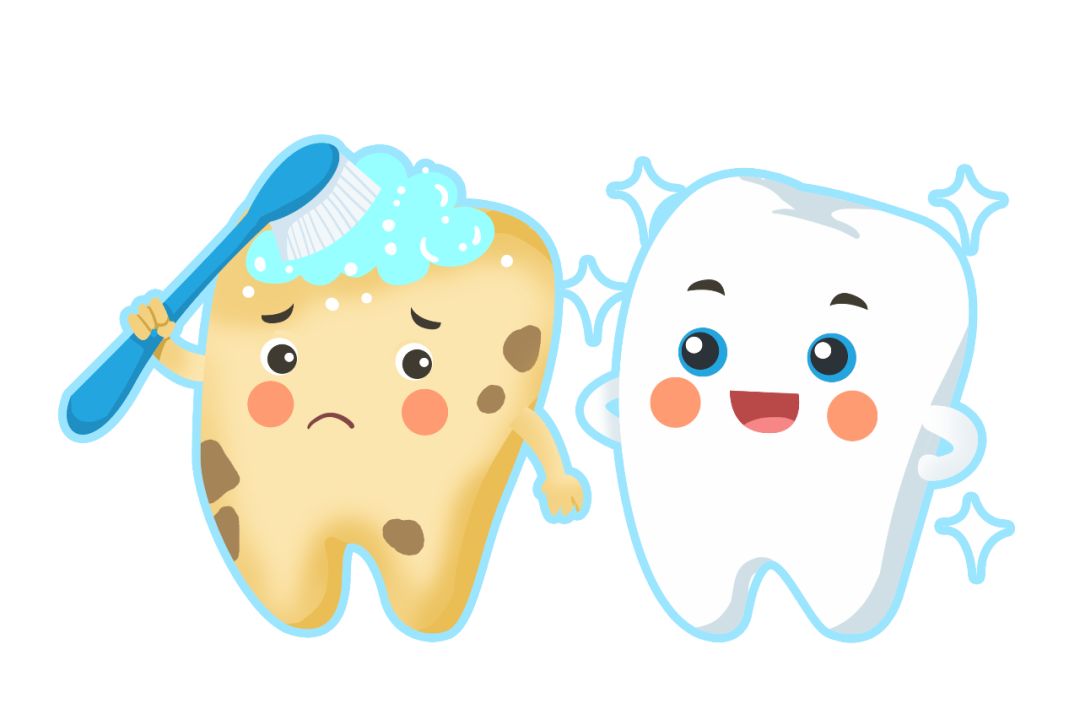When devices start exhibiting runtime shortening and experience frequent connection drops, many users jump to assume battery issues or firmware bugs. However, in B2B manufacturing and OEM contexts, these symptoms often point to deeper structural or system-level inefficiencies. Understanding and addressing the real causes is key to improving product reliability and customer satisfaction.
Runtime shortening typically reflects either power inefficiency or consumption imbalance, while connection drops signal unstable communication channels—often over Bluetooth or Wi-Fi. What many don’t realize is that these two issues are often interrelated. A weakened connection module may continuously attempt reconnections, consuming extra power. Likewise, unstable voltage from a degrading power system can interfere with connectivity chips.
Root interconnection:
For manufacturers, understanding the systemic causes is critical. Below are the most common culprits:
In B2B products with high usage frequency, these effects are amplified and often lead to early product fatigue or warranty claims.
Besides internal architecture, external conditions may worsen both runtime and connection stability:
These factors are often overlooked in diagnostics, yet they are common in usage environments like dental offices, beauty salons, or wellness centers.
Proper diagnosis helps avoid mislabeling runtime shortening as simply a battery problem. Recommended steps include:
A structured testing approach significantly reduces troubleshooting cycles in both lab and aftersales environments.
B2B manufacturers can take preemptive action by integrating reliability enhancements into design:
These changes not only stabilize runtime and connectivity, but also create a stronger user experience baseline, reducing service interventions.
In professional or institutional settings, devices that disconnect or power off prematurely can cause workflow disruption, user frustration, or even compromise hygiene or safety outcomes. Ensuring runtime and connectivity resilience is not just a technical improvement—it’s a strategic asset.
For OEMs and brands, fixing these issues proactively results in:
While runtime shortening and connection drops can be frustrating symptoms, they are absolutely fixable—when treated as interconnected design challenges rather than isolated defects. By addressing root causes in power delivery, signal processing, and usage context, manufacturers can build smarter, more resilient products for demanding markets.
Need help diagnosing or redesigning to reduce runtime and connectivity failures? Contact our technical team to explore custom development or ODM support.



Electric Toothbrush Ecommerce Bundle Wholesale | Complete Oral Care Sets
1-scaled.jpg)
Looking for Teeth Whitening Gel OEM Services for Your Cosmetic Dentistry Products?
.webp)
Why Integrate an Electric Toothbrush PCBA Solution with a Wireless Charging Toothbrush OEM for Seamless Production?
Smart Pressure Sensor Toothbrush Supplier | Intelligent Brushing Solutions
.jpg)
Water Flossers in Europe: Prices, Warranties & Market Entry Tips for Brands
Battery Bloating with Jaw Fatigue – Coincidence?
.jpg)
Why is UV Sanitizing Toothbrush Technology Key to Advanced Bacteria Reduction Technology?
Need a Reliable Water Flosser Pump OEM for Your Oral Irrigator Components?
Nerve Sensitivity from Inconsistent Spray – What’s Causing the Irritation?

Teeth Whitener Regulations in EU & US: Strategic OEM Manufacturing Insights
Premium Sonic Toothbrush Wholesale | Professional Quality for Global Brands
Blue vs Red Light for Teeth Whitening: Choosing the Right OEM Technology
Gasket Mold Plus Bacterial Regrowth – Health Hazard?

What Gives Some Teeth Whitening Devices Competitive advantage?

How Changing Consumer Attitudes Are Shaping Oral Care Products Demand

Market Access Made Simple: Understanding Regulations for Your OEM Whitening Kits

electric toothbrush heads Regular Clean

Electric toothbrush heads Charcoal Infused-Diamond
.jpg)
Florida Electric Toothbrush – Powsmart PTR-C8

electric toothbrush heads Ultra Soft

Private Label Whitening Gel

electric toothbrush heads Deep Clean

Customization Teeth Whitening Gel

electric toothbrush heads Charcoal Infuse-Round
whstapp
whstapp
National Toll-Free Service Hotline
+86 755 86238638